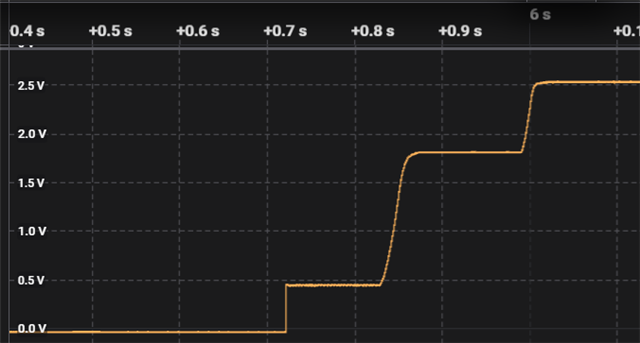Other Parts Discussed in Thread: BQ25756EVM,
Tool/software:
Hi,
I am trying to demonstrate a single USB-C cable solution for PD EPR (24V 5A) + USB2.0. Basically a setup of Source board-Sink board system for proof of concept. Would I be also to achieve this setup with 2x TPS26750EVM (1 source and 1 sink)? The EVM demonstrated in the User Guide was used in conjunction with BQ25756EVM (battery charge controller).
I would like to confirm if the EVM could work just by itself without BQ25756EVM (battery charge controller) to achieve PD EPR (24V 5A) + USB2.0, as our application is not related to charging. We are simply transferring 24V power from one board to another, while passing the USB2.0 D+/D- lines from source board to sink board at the same time.
Thanks!
Ming


